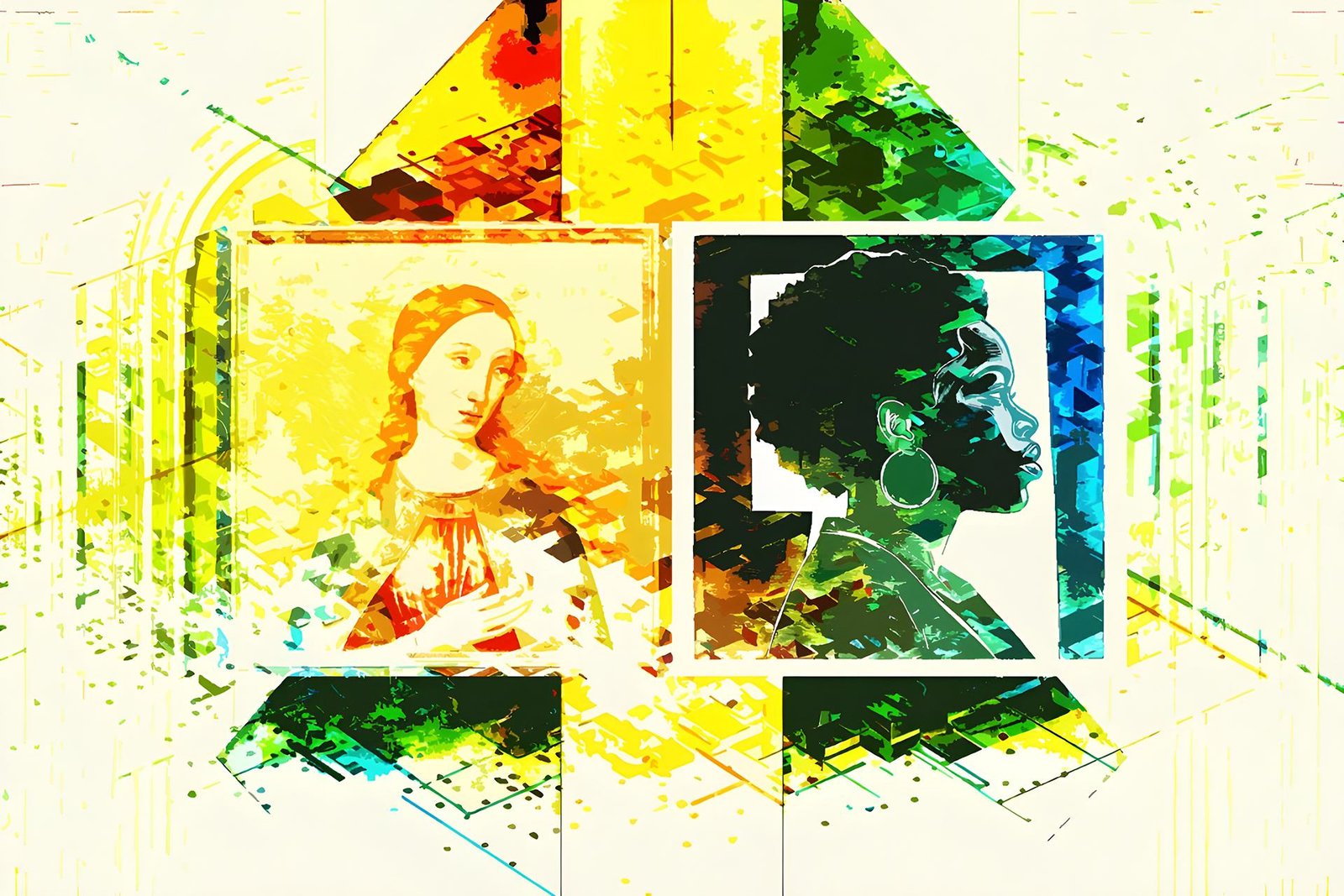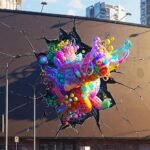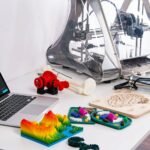In March 2025, two exhibitions open days apart, spotlighting art’s evolution through daring leaps in creativity. The National Gallery in London hosts “Siena 1300–1350: The Rise of Painting” (March 8–June 22, 2025), unveiling Western painting’s roots with Sienese masters like Duccio di Buoninsegna and Simone Martini. Across the Atlantic, the National Gallery of Art in Washington, DC, presents “Elizabeth Catlett: A Black Revolutionary Artist” (March 9–July 6, 2025), honoring a 20th-century force whose prints and sculptures fused beauty with fierce activism. Rooted in distant eras—one medieval, one modern—these shows share a vital thread: artistic breakthroughs, from tempera on wood to linocuts on paper, shape culture and ripple into today’s tech-driven art scene. They weave a story of innovation across centuries, inviting us to see how past mastery fuels present possibility.
Siena 1300–1350 – The Dawn of Painting
From March 8 to June 22, 2025, London’s National Gallery showcases “Siena 1300–1350”, featuring over 100 works by Duccio, Simone Martini, and the Lorenzetti brothers—Pietro and Ambrogio—key figures in a thriving Sienese art hub (National Gallery). This exhibition captures a seismic shift from Byzantine flatness to early naturalism, a prelude to the Renaissance. With egg tempera and gold leaf, these artists layered vivid colors and fine details onto wooden panels. Duccio’s Maestà, a towering altarpiece, blends divine grandeur with human warmth, while Martini’s expressive saints reveal rare emotion. Their work sparked a realist revolution.
That medieval craft still resonates. Sienese precision—delicate brushstrokes on gilded grounds—parallels today’s high-fidelity reproduction. Digital scanners capture every crack and hue, preserving these fragile panels, while advanced printers recreate their luster, gold leaf shimmering via inkjet tech. Picture a 14th-century Madonna reborn as a modern print. Beyond preservation, artists use 3D modeling software like Blender to dissect Sienese forms, merging old techniques with new tools. It’s a masterclass in how patience and innovation endure.
Elizabeth Catlett – Art as Revolution
From March 9 to July 6, 2025, the National Gallery of Art in DC celebrates Elizabeth Catlett, a 20th-century titan (NGA). Born in 1915 in Washington, DC, Catlett wove her Black American heritage and decades in Mexico into sculptures, paintings, and bold prints. Her linocuts—like Sharecropper, with its weathered dignity, or Malcolm X Speaks for Us, pulsing with defiance—blend technical finesse with raw social power. She also mastered woodcuts and lithography, giving voice to the marginalized with art both intimate and universal.
Her printmaking echoes into 2025’s toolkit. Catlett’s hands-on process—carving blocks, pressing ink—made art reproducible, a democratic act now amplified by tech. AI tools like Adobe Fresco mimic her jagged linocut lines in seconds. 3D printers sculpt her figures in resin or metal, reaching new hands. Imagine a digital artist remixing Sharecropper into a protest poster, printed instantly via cloud-connected machines. Her influence spans classrooms to studios, where creators wield lasers and software to echo her call for justice. This exhibition proves her work’s adaptability, rooting modern hybrid art in tactile tradition.
Bridging Past and Present
Siena’s gilded panels and Catlett’s stark prints stand worlds apart, yet both redefined their eras. The Sienese broke Byzantine norms, adding depth with tempera and gold; Catlett carved justice into woodcuts, her tools as sharp as her message. Their legacies thrive—Siena’s accuracy powers digital restoration, algorithms reviving faded pigments with medieval care, while Catlett’s prints inspire laser-etched designs or AI-crafted tributes shared online. A contemporary artist might scan a Lorenzetti landscape, then print a Catlett-inspired piece, blending eras seamlessly.
Siena’s panels, once hand-painted for churches, now fuel virtual galleries; Catlett’s activism, once pressed into paper, scales through digital platforms. See them live: “Siena 1300–1350” (London, March 8–June 22, 2025, nationalgallery.org.uk) or “Elizabeth Catlett” (DC, March 9–July 6, 2025, nga.gov). Can’t go? Digitize a medieval sketch or craft a linocut at home—these shows spark creation across time.
Conclusion
From Siena’s 14th-century panels to Catlett’s 20th-century prints, these 2025 exhibitions trace art’s dance with technique and meaning. One rewrote painting’s rules; the other turned prints into protest. Together, they link medieval mastery to modern revolution, showing how yesterday’s innovations drive today’s tools—scanners, printers, AI. As 2025 unfolds, they ask: where did art begin, and where’s it headed? Their answer—a fusion of history and future—lights a path for creators. It’s a lesson worth framing, timeless as gold leaf or ink.








